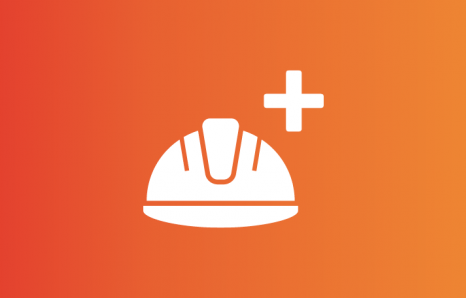Closing the listening gap and listening effectively can create not just a safer workplace but also a culture where people can thrive and feel psychologically safe, improving wellbeing. This session covers what listening well looks like and introduces the concept of safety silence and its potential consequences. We also challenge you to think about how you hear different people and how this can affect inclusivity at work – and beyond.
You may also be interested in:

BROS: Building relationships on site
2023's Wellbeing Hero Award winner, Vikky Goodwin, takes you through the mental health initiative she set up to help frontline employees proactively engage with mental health conversations. The scheme encourages employees to react to situations at work in the same way they would in normal life, substituting work behaviours for personal behaviours and treating colleagues how they would family and friends. Learn practical and effective strategies so you can try them in your organisation.

Solving the industry occupational health capability gap together
Hear from rail operators and experts about challenges around occupational health, followed by a lively discussion on what needs to change to unlock occupational health capability and what part you could play in making it happen.

Dealing with the hidden killer: Improving dust controls
It may be microscopic in size, but dust can pose a big risk to our health. Hear from Steve Perkins, who aims to improve our understanding of how we can control health risks through occupational hygiene – especially the challenge of dust.
